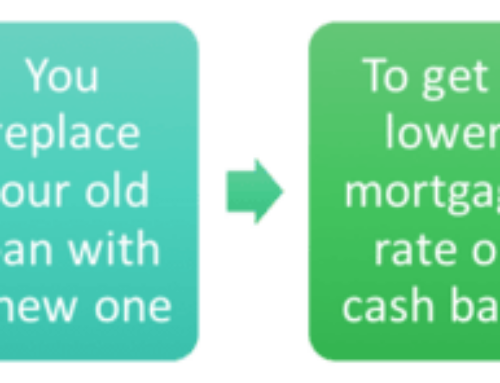Technology that makes it easier to submit bank and payroll data used to qualify borrowers for mortgages is on the verge of key approvals needed for its broad use.
The verification of data regarding income, assets and employment has typically been a piecemeal process, since that’s what key secondary market investors have allowed. But with testing of consolidated forms of verifications from vendors like Fincity nearly complete, that’s about to change.
The two government-sponsored enterprises that buy many of the mortgages in the United States are preparing for a broader rollout, pending a green light from their oversight agency.
That could help lenders reverse the trend of ever-lengthening mortgage closing timelines, which has occurred despite the fact that the industry’s processes are increasingly automated. Record volumes in 2020 extended processing times by two to four days, according to a recent Freddie Mac report.

“With this, we can quickly validate income and assets with one link sent to a borrower,” said Gary Clark, chief operating officer at Sierra Pacific Mortgage, a lender that helped test Finicity’s new one-touch Mortgage Verification Service technology.
The technology allows applicants with mainstream payroll providers to use a single sign-on session and roughly a dozen click-throughs to submit their information. Heavy adopters of the automation at Sierra Pacific had loan processing times that were several days shorter than those of its staff overall, the company found.
MVS is in its final stages of review to participate in Fannie Mae’s Desktop Underwriter system as a provider of automated income and employment verification reports, and both Fannie and Freddie Mac are already allowing its use in limited circumstances because it’s done well in tests.
“There’s a vastly improved consumer experience and certainly operational efficiency to be gained,” said Rick Lang, Freddie’s single-family vice president of strategy and integration. “But most importantly, we’re able to check real-time data aimed at ensuring we’re not putting borrowers in loans they can’t afford.”
To be sure, while consolidated digital verifications from multiple types of information may be about to take off, it’s unclear how much potential there is to just use a single source of data. The GSEs have experimented with this in the past.
“I’ve heard the success rate needed for single-source validation has not, to date, materialized; but conceptually, that’s exactly what we’re getting at,” said Lisa Kimball, senior vice president of product and strategic programs at Finicity.
Mortgage applicants whose finances can’t easily be verified through large payroll providers may still have to submit traditional documents like pay stubs or tax records, but many borrowers will be able to use the service, she said.
The range of borrowers who can get access to digital validations of data will likely broaden even more in the future, said Brent Chandler, founder and CEO of FormFree. FormFree offers technology called 3n1 that consolidates verifications of income, assets and employment.
“When we reach the point where we can assemble assets, income, employment, identity, public records, and credit in one place, we will be able to evaluate ability-to-pay dynamically any time,” he said. “At that point, we’ll be able to virtually underwrite borrowers on the spot.”

